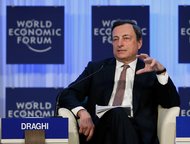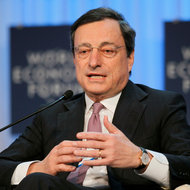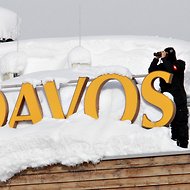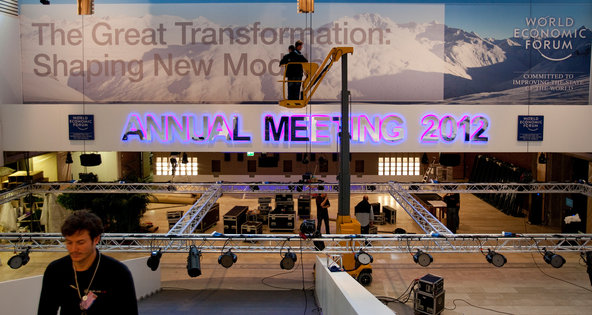For banks around the world, the answer to that question seems to be the determining factor in whether banks are largely trusted. In countries whose financial systems did not blow up during the worldwide recession, trust has remained high. But in some European countries where the banks were generally viewed as having caused the crisis, trust plunged and has not recovered.
The accompanying charts show the results of online surveys of “informed publics” in 26 countries around the world by people hired by Edelman, a public relations firm. Respondents were asked how much they trusted banks “to do the right thing,” on a scale of one — “do not trust them at all” — to nine — “trust them a great deal.” The figures in the charts show the proportion in each country who chose one of the four highest numbers, six to nine.
In the 2013 survey, conducted in October and November and released this week at the World Economic Forum in Davos, Switzerland, more than two-thirds of the respondents in seven areas — all but one of them in Asia — thought the banks were worthy of trust. They were Indonesia, India, Malaysia, China, Hong Kong, Singapore and Mexico.
At the other end of the spectrum, fewer than a third of the respondents in six countries — all in Europe — thought bankers could be trusted. They were Ireland, Spain, Germany, Britain, the Netherlands and Italy.
Those questioned were limited to well-educated successful people; they had to be college graduates age 25 to 64 with income in the top quartile of their age group who said they followed the news regularly.
In the United States, trust in banks plunged after it became clear that bad lending practices played a major role in the housing boom that led to a bust.
In the 2008 survey, taken in the fall of 2007 just before the American recession began, banks had the trust of 71 percent of the people polled. By the 2011 survey, taken in 2010, that figure was down to 25 percent. But in the current survey, it was back up to 50 percent and the United States had the largest recovery in trust for bankers among the countries surveyed.
That revival came despite continuing bad publicity over mortgages, both in lending during the boom and in foreclosure policies after the collapse. The American economy has been slowly recovering, though, unlike those in many European countries, and that may have helped.
But the fact that half of those questioned now have at least some trust in banks does not mean people think the banks are doing a good job. Asked how banks were performing in six areas, more than half of the American respondents said they were doing a good or excellent job in only one of them, ensuring privacy and security of customers’ personal information.
In each of the other areas — small-business lending, mortgage lending, credit cards, trading and investing in government bonds and overseeing initial public offerings for companies — less than 40 percent thought performance was good or excellent.
In Britain, the figure was under 40 percent in all six areas. In China, a majority voiced approval for the performance of the banks in five of the areas, the exception being initial public offerings, where slightly less than half gave positive responses.
Canada, a country whose banking system largely emerged unscathed from the crisis, is remarkable in how little variation there has been in the rankings, which have been from 50 to 60 percent throughout the period.
In China and India, whose growth continued when most countries fell into recession, at least three-quarters of the respondents trusted the banks every year. At the other end of the spectrum, the last three surveys have shown that banks were trusted by less than 20 percent of respondents in Ireland, which experienced a housing bust that led the government to go deeply into debt to bail out the banks.
Floyd Norris comments on finance and the economy at nytimes.com/economix.
Article source: http://www.nytimes.com/2013/01/26/business/where-banking-crisis-raged-trust-is-slow-to-return.html?partner=rss&emc=rss











